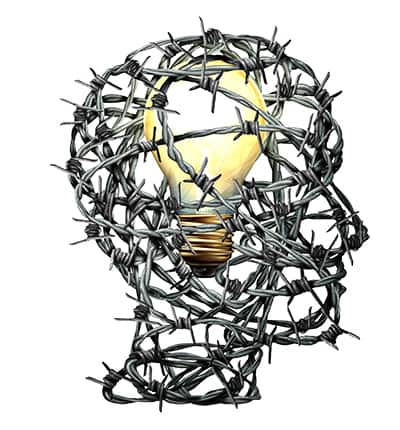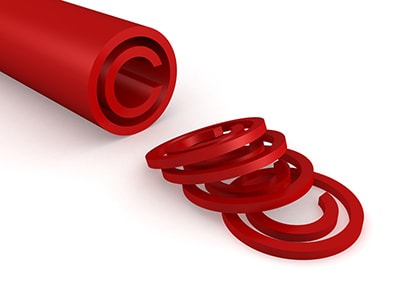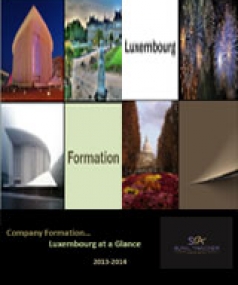Intellectual property for Life Sciences: India
“The history of patents includes a wealth of attempts to reward friends of the government and restrict or control dangerous technologies.”
― James Boyle
 In India, Patents are permitted in all fields of technology. The components deciding the patentability of innovation change for various technologies. Inventions in life sciences are remarkable because of the immense amount of investment and the relatively long gestation time frame for possible inventions. it requires devoted planning for developing and safeguarding the innovations in such technologies. Complex research activities in biotechnology, bioinformatics, nanotechnology, and biopharmaceuticals bring about the high worth of Intellectual Property (IP). Protecting these becomes a significant tool for different business developmental activities apart from funding and sustaining the research.
In India, Patents are permitted in all fields of technology. The components deciding the patentability of innovation change for various technologies. Inventions in life sciences are remarkable because of the immense amount of investment and the relatively long gestation time frame for possible inventions. it requires devoted planning for developing and safeguarding the innovations in such technologies. Complex research activities in biotechnology, bioinformatics, nanotechnology, and biopharmaceuticals bring about the high worth of Intellectual Property (IP). Protecting these becomes a significant tool for different business developmental activities apart from funding and sustaining the research.
Intellectual property in life science is key to the development and commercialization of these innovations. For an idea to be patentable, it must be novel, non-obvious, and helpful. In life science, this could mean a remarkable use for a specific nucleotide, protein sequence, or a new laboratory method to a well-established scientific technique. Patents empower industrial and financial growth by releasing intellectual property to the public. It allows companies to invest in utilizing patents, through licensing, and around patents, by gaining data from the information disclosed in the patents and then creating novel ideas and thoughts. The protection of generated Intellectual Property in the form of patents is one of the preferred rights. it needs interesting strategies to make it consistent with different national laws, and guidelines. Care should be taken to comply with various statutory and regulatory laws from the initial stage of product development for the generation of a proficient IP portfolio.
Patent protection in India brings unique considerations to the life sciences industry on account of the typical legal exclusions on certain aspects of innovations, for which no patent protection is accessible. Apart from the regular three-leg trial of novelty, inventive step, and industrial applicability, the Indian patent laws have specifically recorded specific topics connected with the life science industry. Some of the specific topics related to the life sciences industry that are excluded from patent protection in India are inventions that could be contrary to morality or which cause serious prejudice to humans, animals, plant life, health, or the environment.
- The inventions that are simple discoveries of living or non-living substances occurring in nature - clause 3(b).
- inventions that are a mere discovery of another form of a known substance and do not have an upgrade - clause 3(c)
- the mere discovery of any new property or new utilization of a known substance or mere utilization of a known process, the machine or apparatus except if such known process results in a new product or utilizes at least one new reactant. - clause 3(d)
- inventions that are coordinated to a substance got by a mere admixture or a process for producing such substance - clause 3(e)
- inventions directed to techniques of agriculture or horticulture - clause 3(h)
- inventions that are a process for the medicinal, surgical, curative, prophylactic, diagnostic, therapeutic, treatment of human beings or animals- clause 3(i)
- inventions that are directed to plants and animals in entire or any part thereof other than micro-organisms or essentially biological processes - clause 3(j)
- inventions that are connected with aggregation or duplication of the traditional knowledge - clause 3(p).
Since a large part of the technologies and innovations in the life sciences, domains connect to the health sector and are directly or indirectly associated with life forms. Such inventions constantly attract the application of one or the other such exclusionary clauses. While the provisions in clauses 3(b), 3(c), 3(d), 3(i), and 3(p) are more relevant to inventions in the health care sector, the inventions relating to the agriculture sector attract the provisions of clauses 3(b), 3(c), 3(d), 3(h), 3(j) and 3(p).
The market for life sciences products is generally classified into three categories:
1. Biotech
 A significant part of the biotech market comprises kits and assays which depend on molecular biology. It also incorporates a portion of the simpler medical equipment. In spite of this apparent simplicity, a single tag or antibody of broad application can address enormous value. The patent is worth a lot of money to its holder as a sole-use item, however, when it is out-licensed, the royalties it generates will be extensive. The royalty model delivers a lot higher return than conventional product sales, but this depends on IP protection. Patent litigation is not uncommon, it is more often a process of clarifying the legal positions of parties to a licensing agreement.
A significant part of the biotech market comprises kits and assays which depend on molecular biology. It also incorporates a portion of the simpler medical equipment. In spite of this apparent simplicity, a single tag or antibody of broad application can address enormous value. The patent is worth a lot of money to its holder as a sole-use item, however, when it is out-licensed, the royalties it generates will be extensive. The royalty model delivers a lot higher return than conventional product sales, but this depends on IP protection. Patent litigation is not uncommon, it is more often a process of clarifying the legal positions of parties to a licensing agreement.
2. Medical Devices
This is a broad category that involves most types of technological innovation and even more sophisticated equipment that falls outside the transmission of biotech. CT and ultrasound scanners, infusion pumps, defibrillators, pacemakers, cochlea implants, catheters, and certain types of wheelchairs are some of the examples. In order to qualify for IP protection, the gadget needs to have a key element that is judged as the best in class. Initially, the IP protection ensures a period of exclusivity to the developer eventually, the technology will be shared on commercial terms. Sometimes certain features of a device are patented and are still valuable to the patent holder because other manufacturers will pay to license of their own product
3. Pharmaceuticals
Research and development in this area of the life sciences is usually the most expensive partly because it takes time from concept through development, testing, and certification before it gets to market. IP rights are vigorously shielded in this field and even when the patent comes to the end of its life, it is feasible to get a Supplementary Protection Certificate (SPC). It expands the protection of patented ingredients that form part of a pharmaceutical product. The IP rights are not valid in every jurisdiction, but pharmaceutical companies will usually institute litigation against any infringement where their IP rights are valid.
As India is acquiring the position of the simplicity of carrying on with business and provides a large consumer base for various technologies and inventions. it is important for the life sciences industry genuinely move their IP generation and protection by giving due consideration to the specific provisions of Indian patent laws. Innovators in the life sciences sector also need to address another aspect of regulation in India, if they are utilizing Indian biological or genetic resources. India is a party to the Convention on Biological Diversity and is bound to contribute to the conservation of biological diversity, its sustainable use, and sharing of benefits arising out of the utilization of biological resources and associated knowledge.
 Conclusion
Conclusion
In India, impressive efforts at various levels have been made to find some kind of harmony in regard to legislative requirements and the interest of the industry. In Intellectual Property for actively securing the gains of immense investment of resources in developing the inventions. The past decade has seen extensive improvements in Indian industrial policies and Intellectual Property practices by adopting various procedural and policy measures, which have established a favourable environment for the development of industry and Intellectual Property protection. India is undoubtedly progressing rapidly towards a strongly supported Industrial regime with a strong Intellectual Property environment in life science.
 English
English
 عربي
عربي Русский
Русский 官话
官话 português
português
 Türk
Türk 































